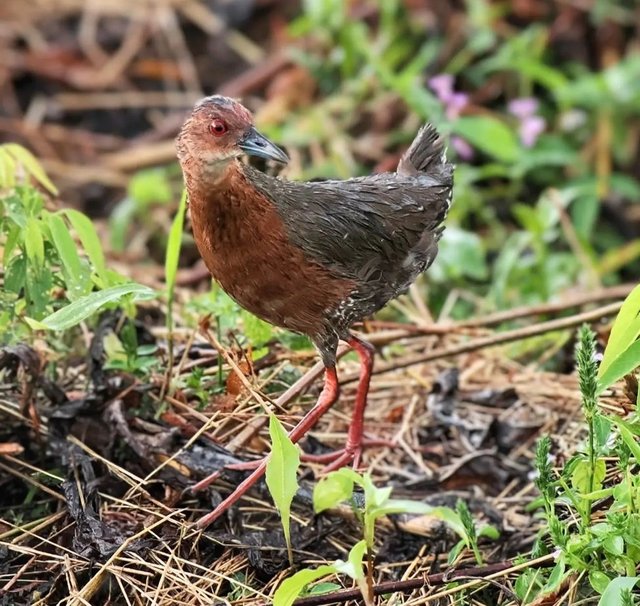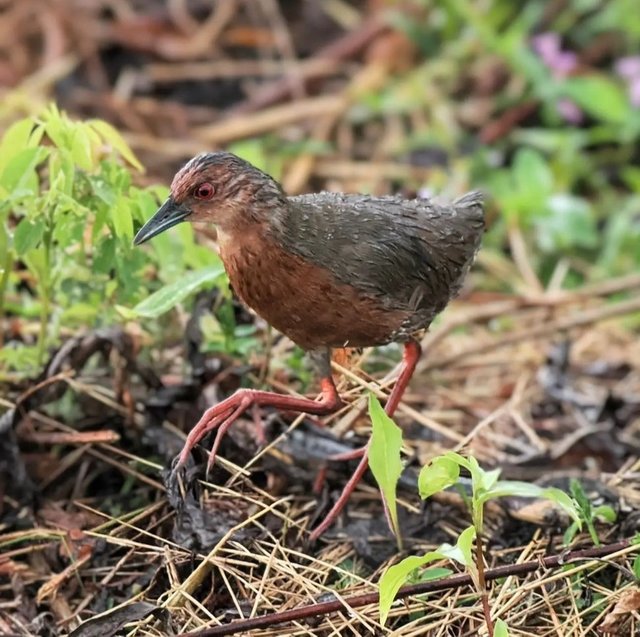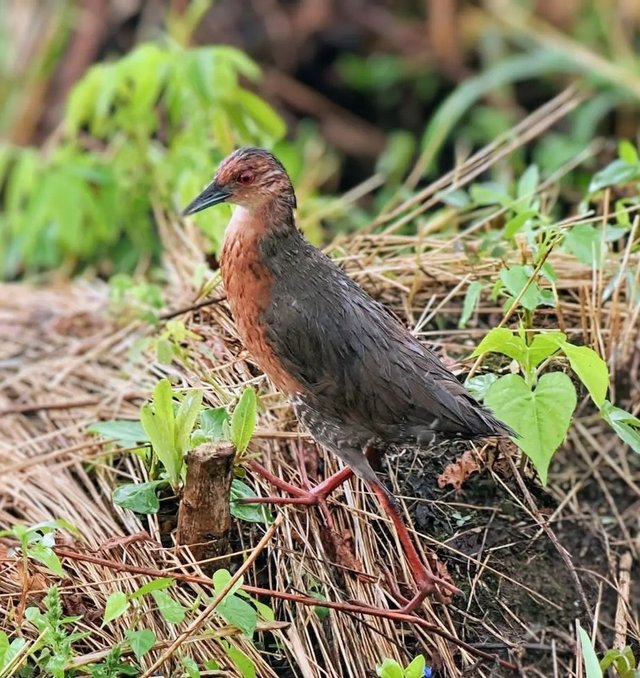So Cute Ruddy-Breasted Crake
The Ruddy-breasted Crake is a fascinating and relatively elusive bird species that belongs to the family Rallidae, a group of birds commonly referred to as rails. These birds are known for their shy nature, preferring to remain hidden in dense vegetation, which makes them difficult to spot in the wild. Despite this, the Ruddy-breasted Crake’s distinctive call and vibrant coloration make it a remarkable bird once it is observed.
Physical Description
True to its name, the Ruddy-breasted Crake has a striking reddish-brown or rufous color on its chest, which distinguishes it from many other rail species. The upper parts of the bird, including its back and wings, are a more subdued olive-brown color, which provides excellent camouflage in its natural habitat. The bird’s underparts, especially the belly and the undertail coverts, are a lighter gray. It has red eyes, a prominent feature that is common among many crakes and rails. The legs and feet are generally a pale pinkish color, which contrasts with the darker tones of its body.
Adults typically measure between 20-25 cm in length. The short, straight bill is another distinguishing characteristic; it’s greenish-yellow and perfectly suited for its feeding habits. This compact size, combined with the bird’s agility, allows it to move easily through dense undergrowth and wetland environments.
Habitat and Distribution
The Ruddy-breasted Crake thrives in wetland habitats, including marshes, swamps, flooded grasslands, and paddy fields. These environments provide ample cover and abundant food resources, making them ideal for these shy birds. They are particularly attracted to areas with dense, low-lying vegetation, such as reed beds or patches of sedge, where they can forage for food while remaining hidden from predators.
Geographically, this species has a broad distribution across much of Asia. Its range extends from the Indian subcontinent, through Southeast Asia, and into parts of East Asia, including southern China, Taiwan, and Japan. The bird can also be found in the Philippines and parts of Indonesia. Some populations in the northernmost parts of their range, such as those in Japan and parts of China, are migratory, moving south during the winter months to escape colder temperatures. However, in more tropical regions, the species tends to be more sedentary.




Device Information
| Device | Redmi Note 10 Pro |
|---|---|
| Location | Bangladesh |
